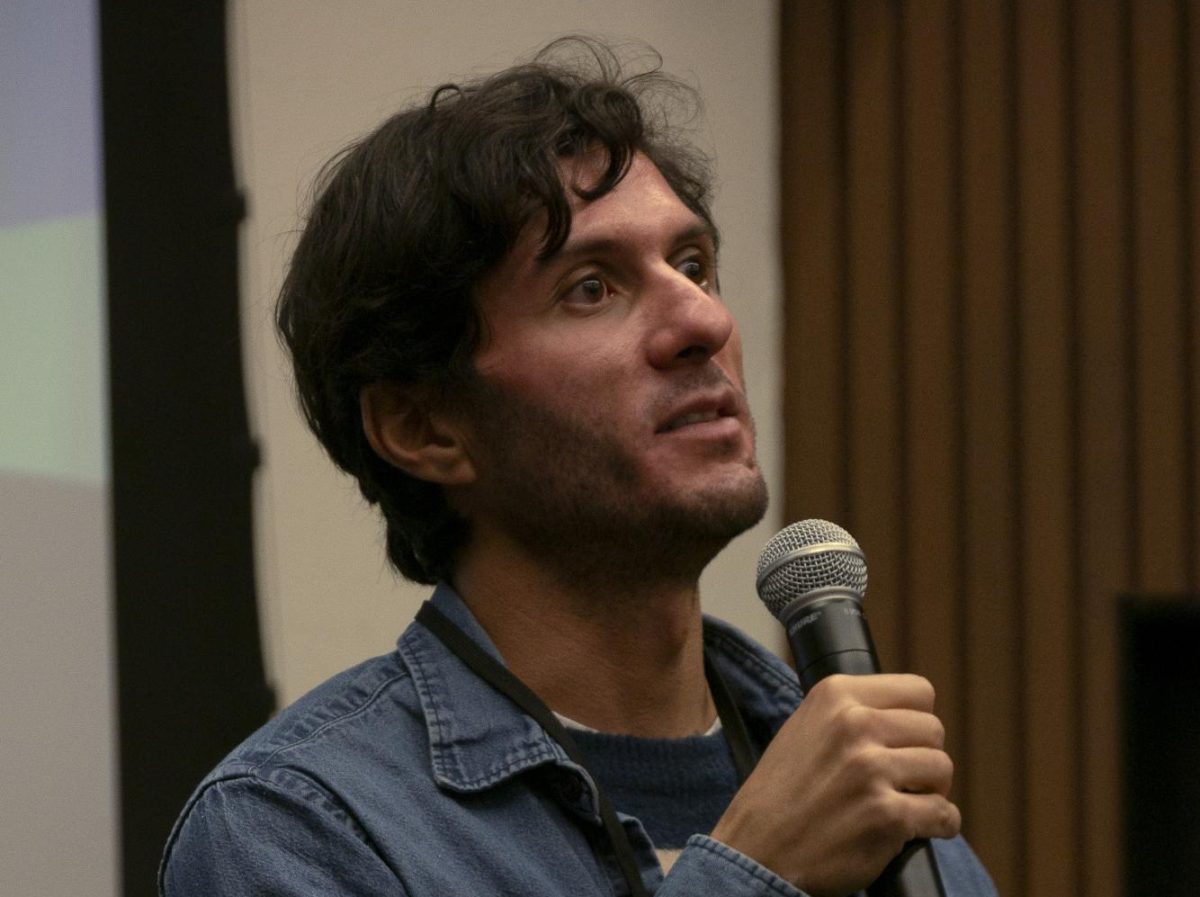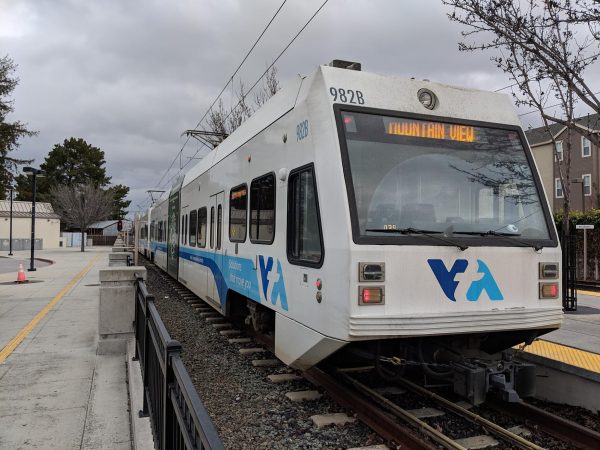District Withholds $1.5 Million From Faculty Salaries
The following story was first published in The Script’s Spring Quarter print edition.
Costs of living in the Bay Area are notoriously high, and rising every year. For employees of publicly funded institutions such as Foothill College, the California state government annually sends out a Cost of Living Adjustment, or COLA, to help accommodate for rising overhead prices. This year at Foothill and De Anza College, though, faculty may not receive any of the COLA which was given to the district by the state.
The Cost of Living Adjustment, calculated annually statewide by the California government, is passed on by the state to all community colleges to account for the rising prices of overhead, usually through employee salaries, among other things. The COLA from the state does not pass automatically to employees, but it is an established norm at Foothill and De Anza that faculty receive at least as much of a raise as COLA shapes to be each year.
A raise seems much less likely, though, after recent negotiations between the Faculty Association — the union representing all campus faculty — and the district stagnated. The district’s March 7 proposal included a zero percent Cost of Living Adjustment, in contrast to the 1.56% increase given to the district by the state for the 2017-18 academic year — a percentage that would amount to roughly $1.5 million for faculty.
If negotiations continue to stagnate, students may begin to feel the repercussions of the situation. According to union official Steve Batham, the Faculty Association may eventually consider work-to-contract as a persuasion strategy, meaning no extra efforts beyond what is contractually required of faculty would be made. This would mean the evaporation of some clubs, as well as campus events and student resources.
“It means no late adds,” said Batham. “I would resign as the history club advisor, the heritage months all need a faculty advisor too, that would be resigning off of those.”
Dorene Novotny, head negotiator on the district side, cited the ongoing budget cuts — which she said will likely amount to around $5 million above the initially expected $10.4 million — as the reason for the district’s unwillingness to pass on the COLA to faculty.
“How do you justify putting something on the salary schedule if you’ve got a 15 — 10 or 15 million dollar cut? If we increase expenses associated with giving a salary increase to employees, that means that that 10 or 15 million dollars [in cuts] actually goes up even farther, which means additional [staff] positions would need to get eliminated.”
Union officials, such as head negotiator Kathy Perino, criticised the district’s unwillingness to utilize reserve funds of roughly $40 million, according to numbers provided by Perino, to pass on the living adjustment to faculty.
“It’s 1.5 million dollars, which, you know, for an individual sounds like a lot of money, but for a district that has an annual budget of about 200 million dollars, and… they’ve got 40 million dollars sitting there, I think they can afford it,” said Perino.
Though the district does have access to large reserves of money, Novotny pointed out that this reserve is of one-time funds.
“Any dollars that fall to the bottom line are essentially one-time funds. So regardless of how much money is in…the reserve accounts, those are only dollars that can be spent one time, so it’s not built in to the budget to be able to carry.”
Nonetheless, Perino argued that the sum of the reserve fund was too large to be dismissed as a possibility for increasing faculty pay. The savings portion of the budget has gradually grown year-by year, save for one year, since the 2009-10 academic year.
“If we had 10 million dollars in savings, I might buy that argument. But we have 40 million dollars in savings, and a lot can happen over time.”
In an effort to offset the losses of passing on the COLA, the Faculty Association recently proposed an implementation of a Supplementary Retirement Plan. Through it, highly-paid, entrenched faculty who are close to retirement are incentivised to leave work early so that they can be replaced by new faculty at a lower, entry-level payscale. The extent to which this program could bolster savings, though, is still under analysis by the district.
“We are looking at that as a way to see if there will be a way for us to capture some one-time savings,” said Novotny. “We haven’t concluded our…full analysis on that yet, so that’s still under review.”
The Faculty Association and the district are searching for solutions to the current stagnation in negotiations.
According to Novotny, “We’re trying to brainstorm. We’re trying to…come at this from a more creative perspective…to try to meet both needs of wanting to do something for faculty and staff, but also knowing that we’ve got a major budget problem that we’ve got to resolve.”
Whether or not the actual salaries for faculty in the 2017-18 academic year will be augmented to reflect rising costs of living remains to be seen. But if faculty are to receive a raise, it will likely be a struggle, and it may be a struggle that students feel the ripples of, with the potential loss of clubs and resources. And if they do not receive salary augmentation, the rising prices of living in the Bay Area will continue to put pressure on the livelihood of Foothill faculty.






























































































